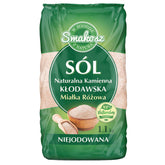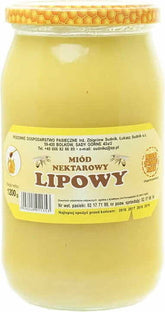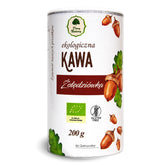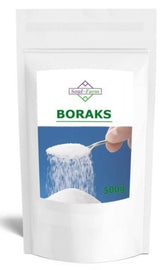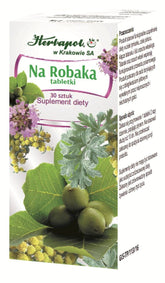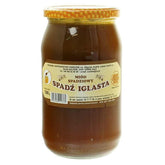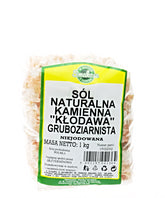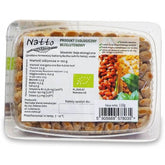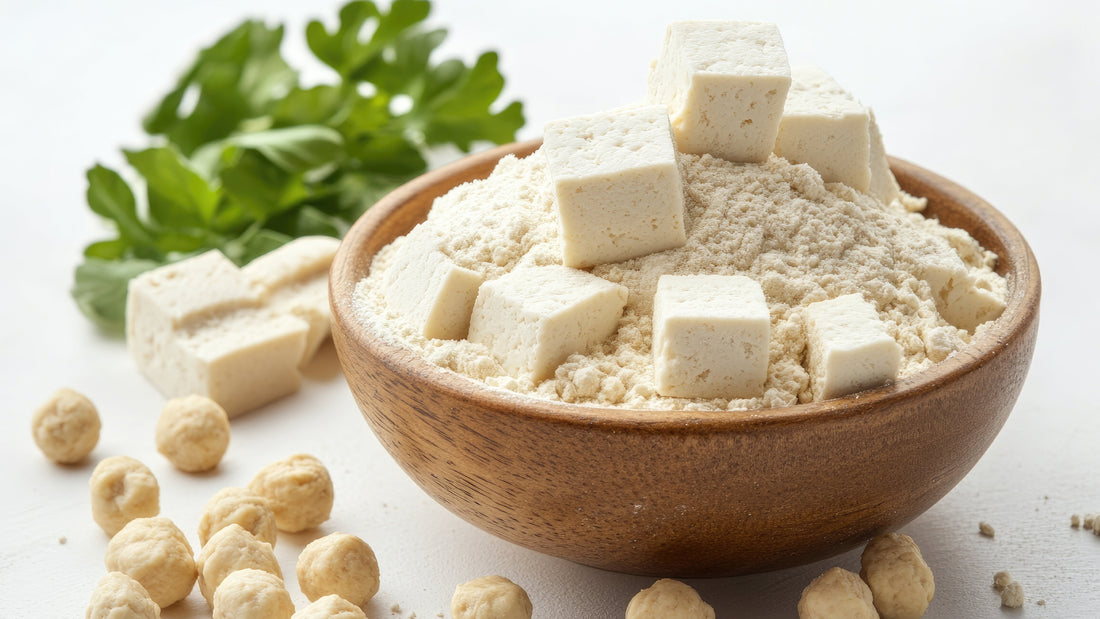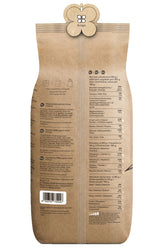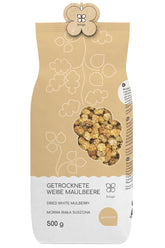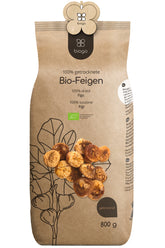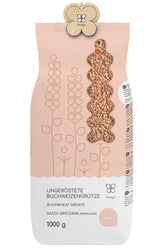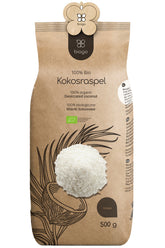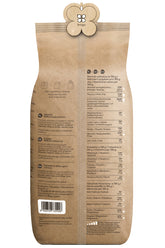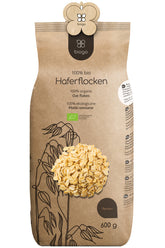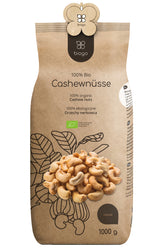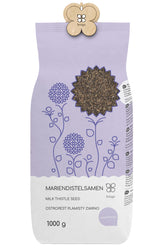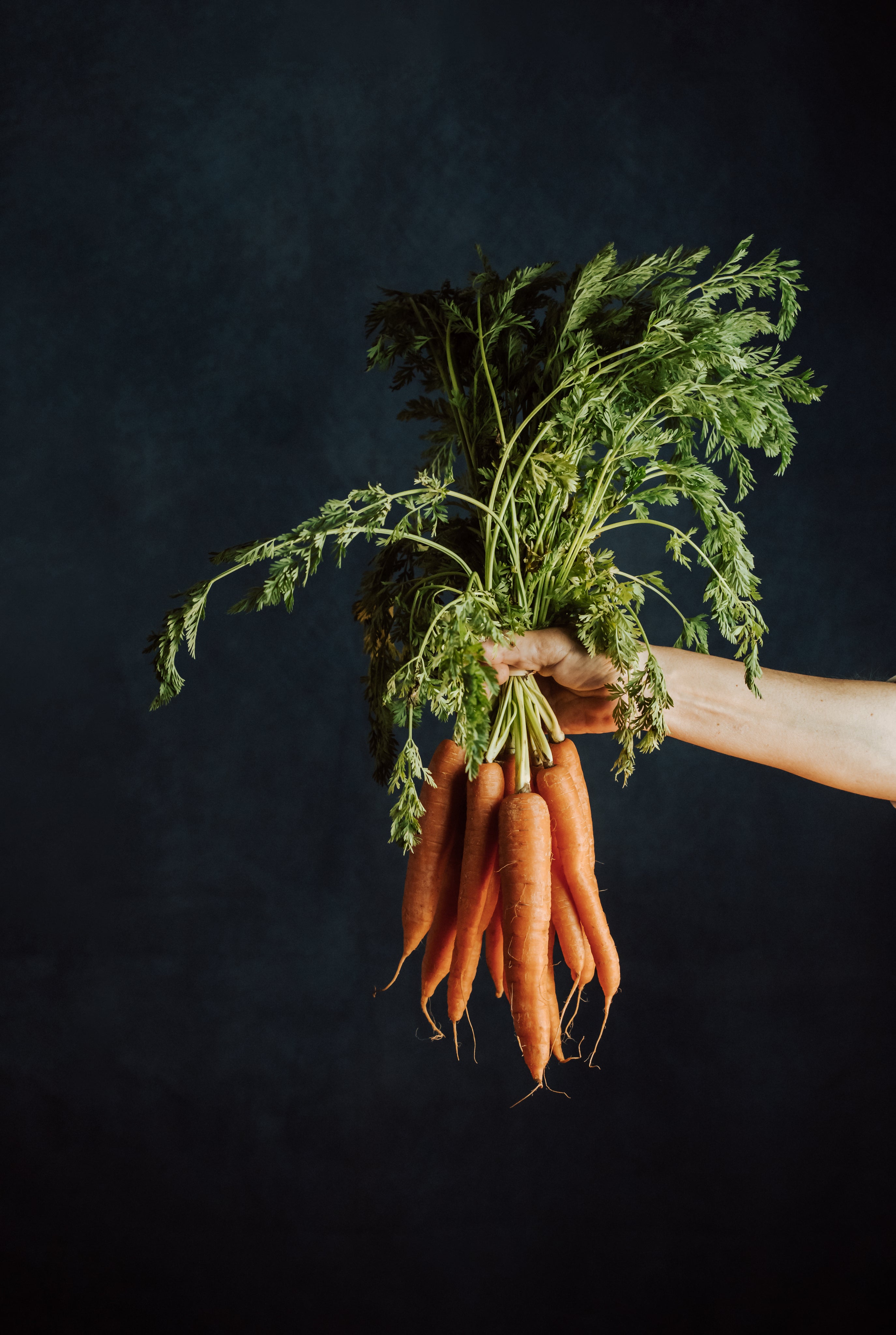Plant-based protein – more than just legumes
Content:
- Small seeds, big nutritional power
- Concentrated sources – Tofu, Tempeh, Seitan and Algae
- Vegetables, yeast and... mix boldly!
- How can this be integrated into everyday life?
Although lentils, beans, and chickpeas are pillars of a plant-based diet, the topic is not exhausted with them. Many people limit the term "plant-based protein" to legumes, while there is a whole range of other, equally valuable products. Quinoa, known as quinoa, and amaranth are so-called pseudocereals – they contain a complete set of exogenous amino acids, are easily digestible, and naturally gluten-free. They pair excellently with vegetables, as a base for bowls, casseroles, or salads. Similarly, groats – particularly unroasted buckwheat, barley, and brown rice – provide protein, fiber, and valuable minerals, thus supporting gut health and a lasting feeling of fullness. These products are often a great alternative to pasta or potatoes and simultaneously improve the nutritional quality of meals.
Small seeds, big nutritional power
Seeds and kernels underestimated, but extremely important. The leaders in this category are pumpkin seeds with up to 30 g of protein per 100 g – just a small handful in soup, salad or smoothie- bowl is enough to enrich the meal nutritionally. Similarly effective are sunflower seeds, chia seeds and flaxseeds – the latter should be ground before consumption to improve their absorption. Additionally, they provide healthy omega-3 fatty acids and support the hormonal system. Hand in hand with these are nuts – almonds, cashews, walnuts – which not only contain healthy fats but also a large portion of protein (approx. 15–25 g/100 g) and are also excellent as an ingredient in desserts, homemade plant milk or "vegan cheese spread".
Concentrated sources – Tofu, Tempeh, Seitan and Algae
When we desire a larger amount of protein in a portion – for example, during intensive training, in the diet of older people, or simply for variety – it is worth reaching for concentrated plant-based protein sources. Tofu is a classic – neutral in taste, absorbs spices like a sponge, and goes well with both sweet and savory dishes. Tempeh, fermented soy, has a deeper flavor and a higher content of proteins and probiotics that support gut flora. Also noteworthy is Seitan – a product made from wheat gluten with a meat-like texture and high protein content (up to 75g/100g). In a superfood diet, algae should not be forgotten – Spirulina and Chlorella are true microprotein powerhouses that also contain iron, B vitamins, and chlorophyll. Perfect for cocktails, protein balls, or as an addition to oatmeal.
Vegetables, yeast and... mix boldly!
Not everyone knows that even ordinary green vegetables contain protein – perhaps not in huge amounts, but consumed regularly, they have a real impact on the amino acid balance. Spinach, broccoli, kale, Brussels sprouts – all these vegetables, consumed in larger quantities or mixed in cocktails, enrich the diet not only with microelements but also with plant protein. Moreover, inactive yeast flakes – known for their cheesy-nutty flavor – contain up to 50 g of protein per 100 g, are a source of B vitamins (often fortified with B12), and perfectly enhance the taste of sauces, pastes, stews, and pasta. The secret to an effective plant-based diet? Variety and combination – e.g., grains with seeds, tofu with vegetables, legumes with groats. The body "complements" the necessary amino acids effortlessly, provided we supply it with the right ingredients.
How can this be integrated into everyday life?
Plant-based protein is not just knowledge – it's a practice that can easily be transferred to the kitchen. Start with simple changes: replace white rice with quinoa, sprinkle pumpkin seeds into the soup, add a tablespoon of flaxseeds to oatmeal and a teaspoon of spirulina to a smoothie. For lunch, choose buckwheat with baked tofu and vegetables, and for dinner, a bean-cashew paste. Add nutritional yeast to the cream soup or sprinkle it on popcorn instead of salt. Plant-based protein doesn't have to be boring and its sources don't have to be limited. The more colors, textures, and flavors on your plate, the better nourished your body is. These are simple rules that apply regardless of whether you're vegan, flexitarian, or simply looking to eat healthier.
THE PUBLISHER'S CHOICE
Almonds 1 kg BIOGO
- €11,69
€13,75- €11,69
- Unit price
- / per
Walnuts 800 g BIOGO
- €8,65
€10,18- €8,65
- Unit price
- / per
Dried organic mango 400 g BIOGO
- €10,99
- €10,99
- Unit price
- / per
Dried White Mulberries 500 g ORGANIC
- €5,84
€6,87- €5,84
- Unit price
- / per
Dried organic figs 800 g BIOGO
- €30,12
- €30,12
- Unit price
- / per
Unpeeled buckwheat groats 1 kg BIOGO
- €2,81
€3,31- €2,81
- Unit price
- / per
Organic coconut flakes 500 g BIOGO
- €10,07
- €10,07
- Unit price
- / per
Organic oat flakes 600 g BIOGO
- €3,77
- €3,77
- Unit price
- / per
Organic cashew nuts 1 kg BIOGO
- €19,99
- €19,99
- Unit price
- / per
Milk thistle seeds 1 kg BIOGO
- €3,99
- €3,99
- Unit price
- / per

